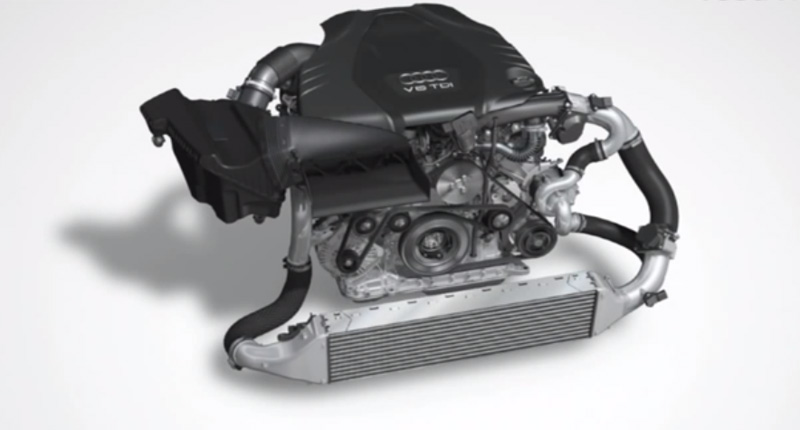Chinese consumer electronics company Honor is set to unveil its latest lineup of smart devices for the South African market. How about we forecast…
Audi shows why electric is the next stage in turbo-charging

The problem with turbo-charged engines, as we all know is, turbo lag – cured to most extents by variable vane technology or by employing multiple turbos in one engine. Enter the Audi RS5 TDI Concept.
Bi-turbo charging is common place amongst manufacturers so what differentiates the RS5 TDI Concept from other multi-stage turbo-charged engines? Electricity. A supplementary electric motor replaces the turbine wheel and accelerates the compressor wheel to over 70 000rpm in a few hundredths of a second. Turbo lag? What turbo lag.
Combined with regular exhaust turbo-chargers, operating at as much as 2.4 bar, the 3.0 litre V6 in the Audi RS5 TDI Concept produces 283kW and 750Nm of torque, allowing for a 0-100km/hour sprint time of just four seconds. 200km/hour is despatched in less than sixteen! What’s more astonishing is Audi’s claims of a fuel consumption of under 5.3l/100km and less than 140g of CO2/km.
The primary source of energy required to drive the electric turbo is harnessed through brake recuperation technology. The RS5 Concept employs a separate 48-Volt electrical system, said to advantageous as it can transfer larger amounts of energy, which is connected to a regular 12-Volt via a DC-DC converter. The energy is then stored in a compact and lightweight lithium-ion battery.

